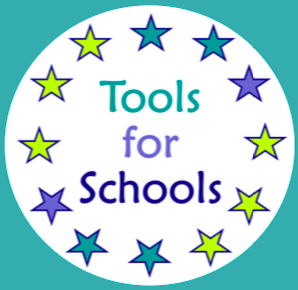Key Points
This strategy is about making it part of normal everyday life for students to use ‘tricks’ or prompts to help them engage, and deal with everyday problems (tricky situations) through making stories about tricky situations
How is this tweaked for flex?
Children are likely to be in need of some individual or tailored support in the classroom.This support will need to be varied so the child doesn't get bored with using one "trick" to help them. This can make them stand out in a negative way, leading to low self-esteem and refusing to use support. This strategy turns this potential negative into a positive.



